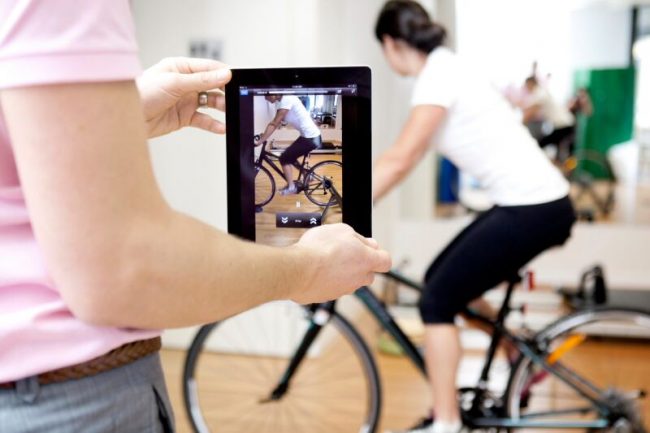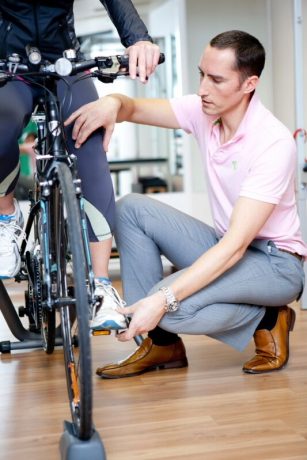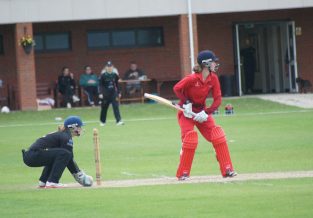Cycling Assessments and Bike Fits: Part 1
Published on
21 Dec 2017

Call us on: (03) 9975 4133
As the old saying goes: it’s just like riding a bike! Surely then we should all just be able to jump on said bike and ride; from commuting to and from work during the week, to clocking a couple of hundred kilometres on the weekends. However, it’s not always as simple as that. From beginners to seasoned riders, there are many factors that can lead clients to book in for a cycling assessment.
In this first post of a two part series, we’ll cover the most common reason as to why cyclists come in and see us for assessments and bike fits:
Injury
Cycling is a fairly unique sport in that there is very little jarring load put on the joints (when compared to running for example), so you would expect that repetitive injuries are less common. However, the position that we are set up in on a bike, if not ideal for your unique physiology, can lead to it’s own issues and injuries. There is also always the risk of coming off the bike and injuries sustained from a crash often need to be adjusted for, in the short term at least. I also commonly see clients who have previous injuries that need managing correctly to allow them to sit on a bike for up to a few hours at a time.
Back pain is one of the most common complaints of pain in both novice and professionals. This may be an existing condition that is exacerbated by cycling or something new that has come up since getting on the bike. Either way, an individualised cycling assessment and bike set up is crucial in either preventing or settling low back pain. Seat height (too low or too high), set back, head stem length, drop off between the seat height and bar height and frame size can all play a part in back pain arising and needs to be assessed and addressed with your unique physiology in mind.

Achilles pain is something that I see quite commonly in my cycling population. As physiotherapists, we know that compressive loading on the Achilles tendon is a big factor in developing pain and improper cycling set up (especially where the seat is too low or too far forward), can cause the Achilles tendon to be compressed at insertion onto your heel bone throughout your pedal stroke. Let’s say an average cadence (revolutions per minute) for a cyclist is 90RPM and you go on a two-hour bike ride – that’s over 10,000 times that your Achilles tendon can be irritated!
Knee pain is another common complaint across the board in cycling, with beginners to elite cyclists often experiencing pain at some stage during their cycling careers. Again, set up is often a contributing factor as the knee can be irritated by poor technique and/or set up. Overall, it’s more common for cyclists to develop knee pain due to poor cycling biomechanics than from an acute injury and bike set up as well as poor muscle strength and control during the pedalling action will irritate the knee. Again seat height (too low or high) and set back, as well as pedalling action, are key areas we can address in settling and preventing knee pain.
During our cycling assessments, we will not only look at your set up on the bike but also take into account any weakness or control issues in certain important muscle groups off the bike. This can play a big part in pain on the bike and addressing them with a targeted rehabilitation program goes hand in hand with adjusting set up in allowing clients to ride pain free – changing one without the other doesn’t address the whole picture and this is something that, as physiotherapists, we are uniquely qualified to do.
We’re here to help!
Whether you have had a recent injury or just need a helping hand, call our friendly team today. We can tailor a bike assessments based on the latest research and specific to your own goals to get you back doing the things you love.


